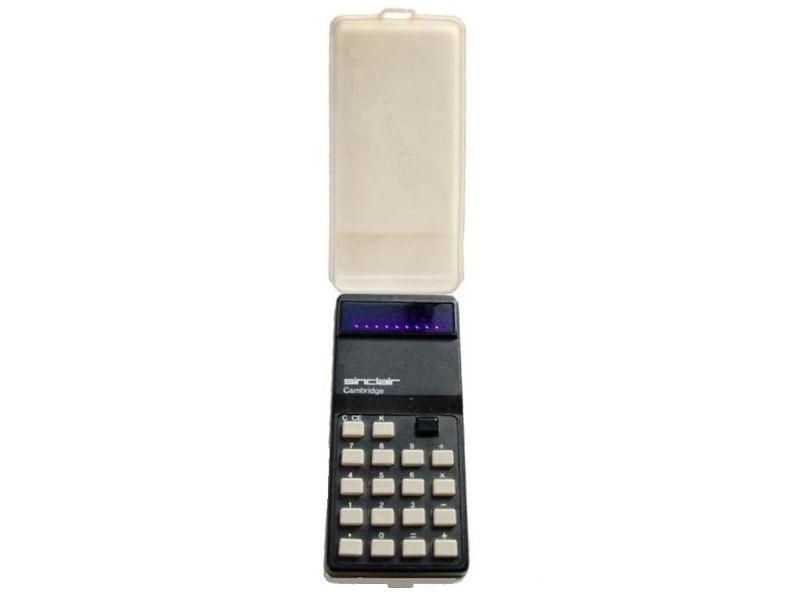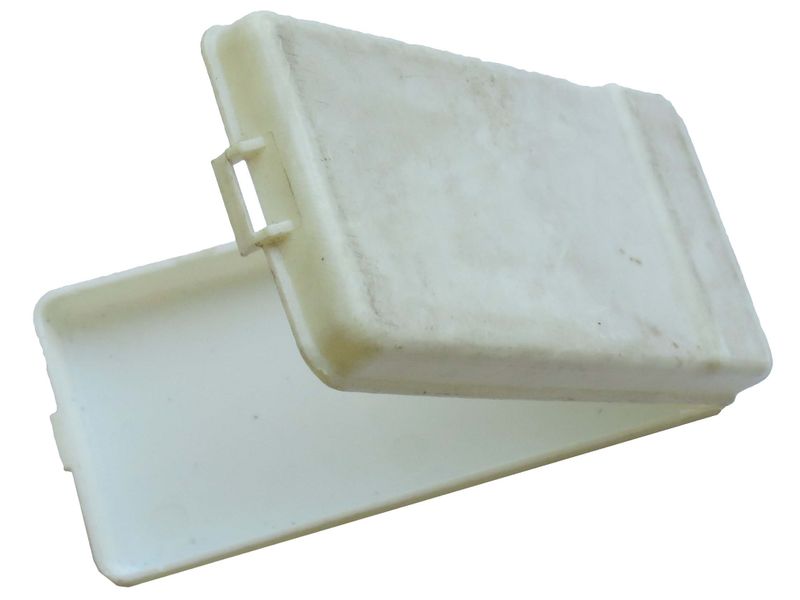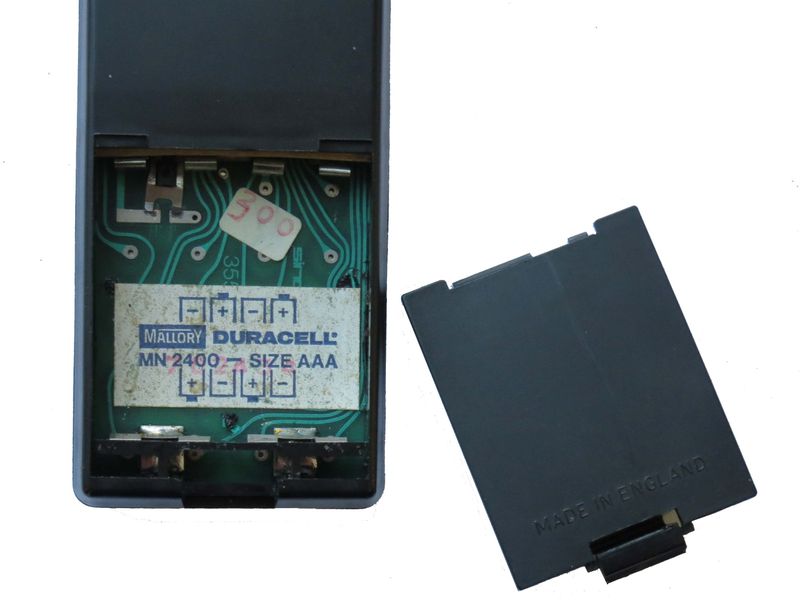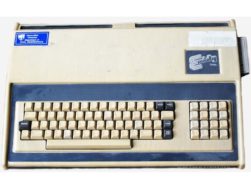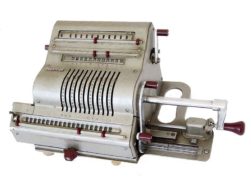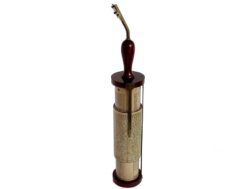Description
Sinclair Cambridge electronic pocket calculator (1973): the original four-function Cambridge which carried out the four basic mathematical functions of addition, subtraction, multiplication and division. It is powered by 4 AAA batteries.
The Cambridge was extremely small for a calculator of the time: it weighed less than 3.5 ounces (99 g) and its size was 50 x 111 x 28 mm. A major factor in the Cambridge’s success was its low price; the Cambridge was launched in August 1973, selling initially for £43.95. In January 1974 the Cambridge was priced at £32.95 (£29.95 + VAT) fully assembled or £27.45 (£24.95 +VAT) as a kit, bundled with an extensive manual detailing how to calculate functions such as trigonometry, n-th root extraction and compound interest on the device. The use of cheap components was an important contributor to the unit’s cost. A common failure mode was breakage of the battery contacts, making it impossible to switch the calculator off, due to the use of switch contacts made of nickel coated with tin, rather than gold; tin, unlike gold, produces an oxide layer when exposed to air which spreads across the insulation over time as the switch is operated, short-circuiting the switch. (Wikepedia)

